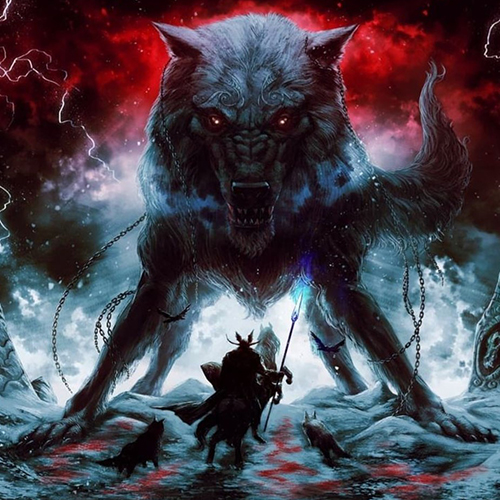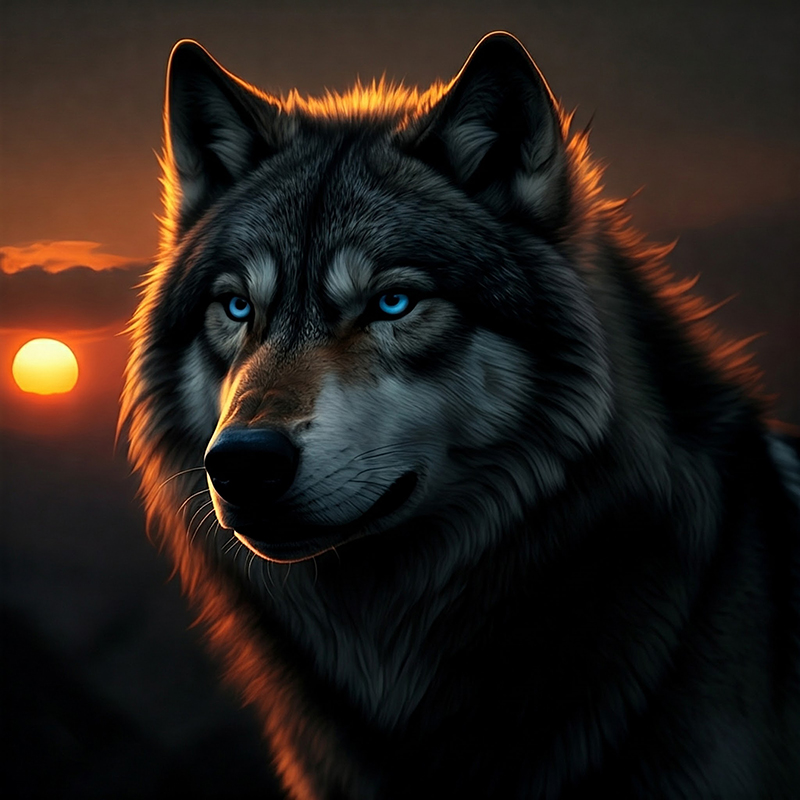Viking Blog
What Does the Wolf Represent to Vikings? Unveiling the Symbol of Power and Myth
The Vikings were legendary warriors and explorers from Scandinavia. They left a rich culture, filled with symbols, that still captivates us today. Of these, the wolf stands out. What Does the Wolf Represent to Vikings? It is a powerful symbol of strength, wildness, loyalty, and nature’s untamed forces. This question shows a mix of admiration, reverence, and fear of this creature.
The Wolf – A Predator and Protector
The Vikings lived in harmony with the harsh northern wilderness. They viewed wolves with both awe and caution. As fearsome predators, wolves symbolized primal strength, cunning, and survival instincts. Yet, as pack animals, they also embodied loyalty and camaraderie. The Vikings held these qualities in high regard within their society.
In Norse mythology, the wolf’s significance soared to divine heights. Odin, the All-Father and chief of the gods, accompanied his two wolves, Geri and Freki. These loyal companions symbolized Odin’s connection to the wild. They represented his quest for knowledge and his instinctual wisdom. Sharing his food with Geri and Freki showed the deep bond between the god and his wolves.
Warriors and Wolves: A Powerful Connection
What does the wolf represent to Vikings on the battlefield? For Viking warriors, the wolf was a source of inspiration and power. Its image adorned weapons, shields, and jewelry. It reminded them of the ferocity needed in combat. Warriors would wear wolf-skin cloaks. They believed they could channel the animal’s unmatched strength and tenacity.
Elite Viking fighters, the Ulfhednar, or “wolf-coated men,” were. People thought to embody the spirit of the wolf. People said that these berserker warriors fought with great, savage strength. They struck fear into their enemies. They symbolized the wolf’s wild, unstoppable force. It blurred the line between man and beast.
The Wolf in Myth: Destruction and Cosmic Power
In Viking culture, the wolf was more than a beast. It was a mystical force of cosmic, destructive power. One of the most iconic wolves in Norse mythology is Fenrir, the monstrous offspring of Loki. Fenrir, prophesied to cause Ragnarok, was a symbol of chaos. It represented the cycle of destruction and rebirth. The gods bound Fenrir with the magical chain, Gleipnir. His escape foretold the fall of Odin and the end of the cosmos.
Skoll and Hati, the celestial wolves, pursued the sun and moon as they traversed the sky. The Vikings believed eclipses happened when wolves caught their prey. This imagery showed the cosmos’ fragility. It hinted at a balance between order and chaos. It deepened the wolves’ symbolism.

What Does the Wolf Represent to Vikings? Duality and Depth
The wolf, in all its forms, represented a striking duality in Viking culture. It was a creature of admiration and fear. It embodied both loyalty and destruction, camaraderie and chaos. This dual nature made the wolf a central figure in Viking art, mythology, and daily life.
The wolf symbolized a mix of strength, survival, and nature. It linked Odin’s loyal companions, Fenrir’s power, the Ulfhednar, and the chase of Sköll and Hati.
Conclusion: The Enduring Legacy of the Wolf
What does the wolf represent to Vikings? It is more than a single idea. It symbolizes their respect for nature and admiration for loyalty and strength. It also shows their acknowledgment of the wild forces that governed their world. The wolf is a powerful symbol of the Vikings’ connection to the primal and divine. It is one of the most enduring and captivating symbols of their legacy.

